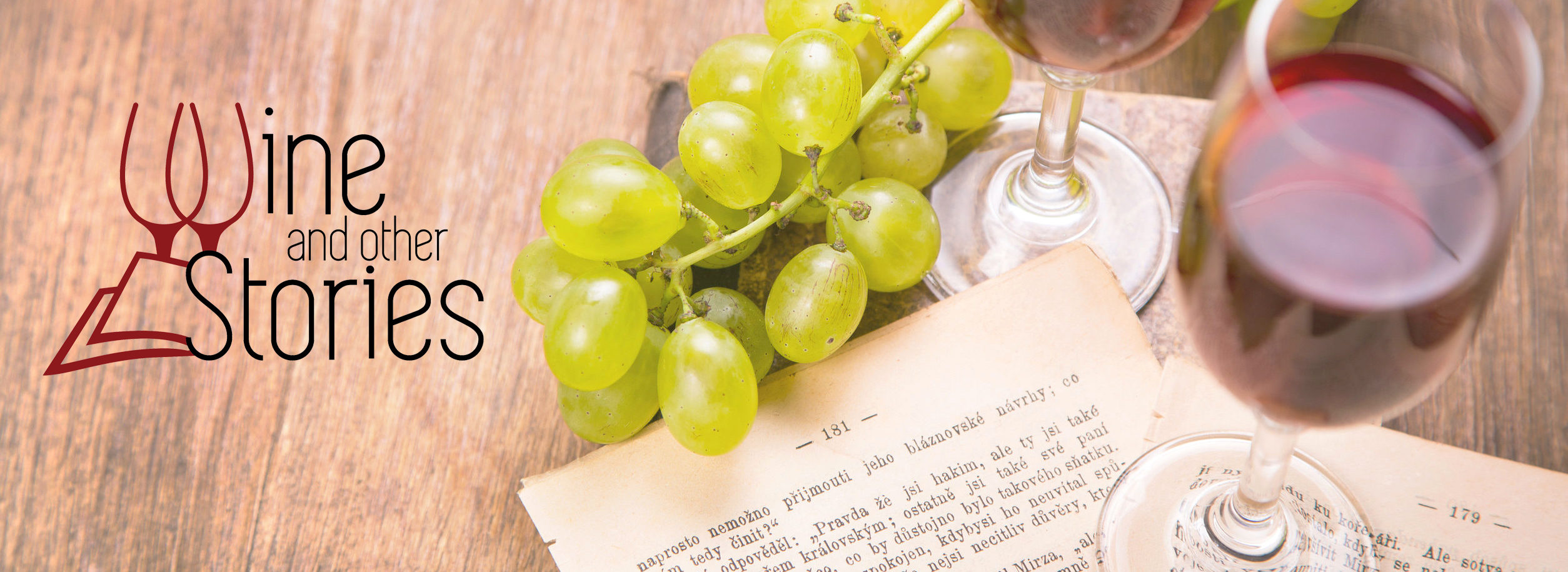Rosé are just as diverse as red or white wines. In this article, I discuss two great rosé: Contino Rioja Rosado by CVNE and “Il Mio” Malvasia Rosa by Camillo Donati
Exactly a year ago, I published “Five rosé from Puglia that you should try”. I wanted to spread the news of some excellent rosati wines that originate from my homeland. Today, I stay true to the summery pink beverage (an appreciation that really deserves to go beyond the warmest months of the year) by writing about two more great rosé in my Drinking under lockdown series.
In the Summer of 2019, the world was in a very different place to what we see now. No-one could have imagined that in less than a year there would be such a tornado of changes on a world-wide scale. In 2019, “pandemic” was a word seen only in dystopian movies. It was uncommon to see folks wearing masks and people weren’t afraid to be physically close to each other. You could travel freely without checking the disease statistics of an intended destination.
Despite all the recent changes we have faced, some things remain the same. One such constant is our love for wine. I don’t know about you, but I personally find that thought reassuring.
In this article, I will be presenting two exceptional rosé wines: Contino Rioja Rosado by CVNE and “Il Mio” Malvasia Rosa by Camillo Donati. Without further ado, let’s delve into the details of these two fantastic specimens.
Contino Rioja Rosado by CVNE
Rioja is probably the most famous Spanish wine region. In 1991, Denominación de Origen Calificada (DOCa) Rioja became an official appellation. Located on both sides of the Ebro River, Rioja stretches over five hundred square kilometres in north central Spain.
In terms of wine grapes, Rioja’s plantings are dominated by black varieties. Tempranillo is the most widespread cultivar, with garnacha (grenache), mazuelo (carignan) and graciano usually playing a supporting role in the blend.
Even though red is the most common colour for Rioja wines, the region also produces some fabulous whites (mostly from the viura grape) and rosé (from the same grapes used for reds). Rioja Rosado (rosé) wines are produced in a wide range of styles. From light and fresh (with no wood involved), to more nutty and complex examples – usually involving ageing in American oak. Contino Rosado belongs to the second group.
Contino Rosado is one of the best Spanish rosé I have tried. It’s a wine of superb elegance and balance. Despite being blessed with substance and weight, Contino Rosado is not heavy thanks to a piercing high acidity. More than half of the blend (55%) is made up of graciano, arguably the noblest of the Rioja grapes. Apart from the winemaker’s obvious skills, the prominent use of graciano in the blend confers this rosé class and character.

CVNE - Vinedos del Contino - "Contino" Rioja Rosado, 2017


Compania Vinicola del Norte de Espana (CVNE) is one of the oldest wine businesses in Rioja. Its history traces back to 1879, when the first CVNE winery was founded in Haro, the heart of the Rioja region.
Today CVNE owns 545 hectares of vineyards in the two subregions of Rioja Alta and Rioja Alavesa. Among them, there is Viñedos del Contino, a 62 hectares estate located in Laguardia, Rioja Alavesa. The Contino property dates back to the 16th century. At that time the “contino” was the officer in charge of a troop of guards whose sole purpose was to protect the royal family “de contino” (meaning “continuously”).
Contino Rosado Rioja is a single vineyard rosé. It was aged for 9 months in casks before being released.
In the glass, the wine has a light ruby and coral colour. On the nose, it’s medium to pronounced intensity. Elegant fruity notes mark the attack, such as strawberry, cranberry, pink grapefruit and blood orange. Hints of sage and thyme are in the background. A subtle toastiness progressively emerges to frame the entire aromatic profile.
On the palate, this rosé is medium to full in body and surprisingly high in acidity. Juicy and fresh on the palate, it also has substance. Zesty pink grapefruit notes in the attack. Followed by blood orange, red fruit and a touch of toast and charred wood. The spiciness really unfolds in the mid-palate. The finish (medium+ to long) perfectly harmonises fruit, herbal and floral nuances with subtle toasty accents. Precise, balanced, characterful and classy.
“Il Mio” Malvasia Rosa by Camillo Donati.
The second wine of my article is another rosé, albeit one of a totally different style! “Il Mio” Malvasia Rosa comes from the Emilia-Romagna region of north Italy. You might know this district for its signature Lambrusco wines (which are unjustly underrated). However, the regional wine scene is more varied. For example, it includes wines produced from a grape called malvasia di candia. “Il Mio” Malvasia Rosa is one of them.

In the wine world, the term “malvasia” encompasses a wide range of grape varieties, often unrelated to one another. Some varieties are black skinned, others are white skinned. Malvasia di candia belongs to the latter category. The grape is thought to be of Greek origin and it’s widespread in Central (Molise, Lazio) and Northern (Oltrepò Pavese, Piacenza, Parma) Italy.
If I had to describe Camillo Donati‘s “Il Mio” Malvasia Rosa in one word, it would be funny. This is a jovial and unpretentious wine. I bet a sip of it will cheer up even the most grumpy of wine lovers. Its frothy sparkles invite the drinker to relax and have a laugh with friends. At least that’s what I felt when I had this wine. Or perhaps I drank too much then?
Camillo Donati - Il Mio Malvasia Rosa, 2018


The Donati estate is a small family business located 20 kilometres away from Parma, in the Emilia-Romagna region of North Italy. The winery was founded in 1930 and it’s now run by the third generation of winemakers – which includes Camillo Donati. The Donati family uses organic and biodynamic principles in the vineyard. Camillo specialises in low intervention sparkling wines produced with the “Ancestrale” method. This winemaking technique predates the Champagne method and the wine is bottled before fermentation has completed.
In the glass, the wine has an onion skin hue, with a creamy, fizzy surface. On the nose, it has a medium intensity of flavours. The wine starts subtle and delicate. It exhibits red fruit in the attack, white and red cherry, strawberry, lime leaves and a touch of grapefruit. Lovely herbal and flowery suggestions, redolent of earth can be sensed in the background.
On the palate, the wine is delicately frothy, jovial and refreshing. Light to medium in body, this rosé is dangerously drinkable (some people might call this a “glou-glou” wine – whatever that means…). In the attack, there is wild red fruit and orange zest, followed by a floral finish. A really pretty wine. It’s unpretentious, fresh, energetic, lovely and balanced. There is perhaps a touch of residual sugar, but it’s nicely offset by a good acidity.

Afterthoughts
I hope you enjoyed the rosé I presented in this episode of drinking under lockdown. These two wines demonstrate how versatile and different rosé can be. Trust me, like red and white wines, there is rose for every palate and occasion. You just have to look for it…


